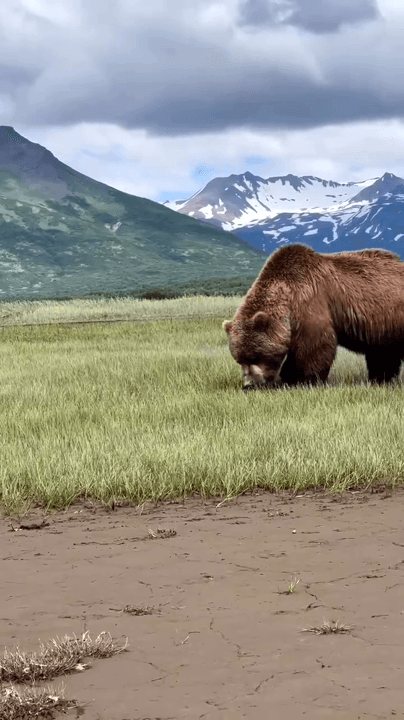
Hunting in Northern Ghana: Exploring Geography, Navigating Regulations, and Discovering Local Traditions The Northern Region of Ghana, one of the country’s largest and historically significant regions, is a land of expansive savannas, sacred groves, and strong cultural traditions. In this predominantly rural landscape, hunting remains an essential part of life—providing food, supporting rural economies, and upholding centuries-old customs. Although modern land use and conservation efforts have begun to reshape how hunting is practiced, it continues to be an important aspect of identity and survival for many communities. Geography and Natural Features of Northern Ghana for Hunting Northern Ghana is defined by its Guinea savanna ecosystem, which consists of open grasslands dotted with shrubs and scattered trees. Rivers like the White Volta, Oti, and Daka flow through the region, creating seasonal wetlands that attract wildlife. Areas such as the Mole National Park, Kulpawn Wildlife Re
Post: 29 July 19:27















































